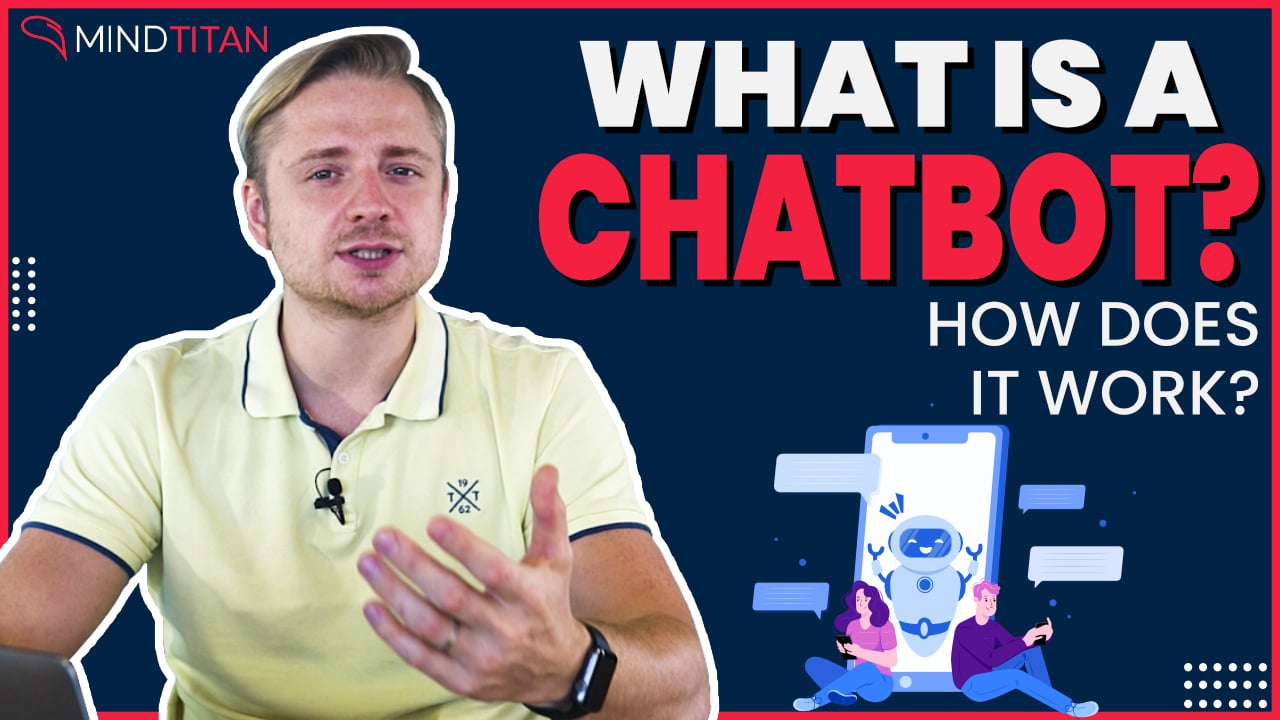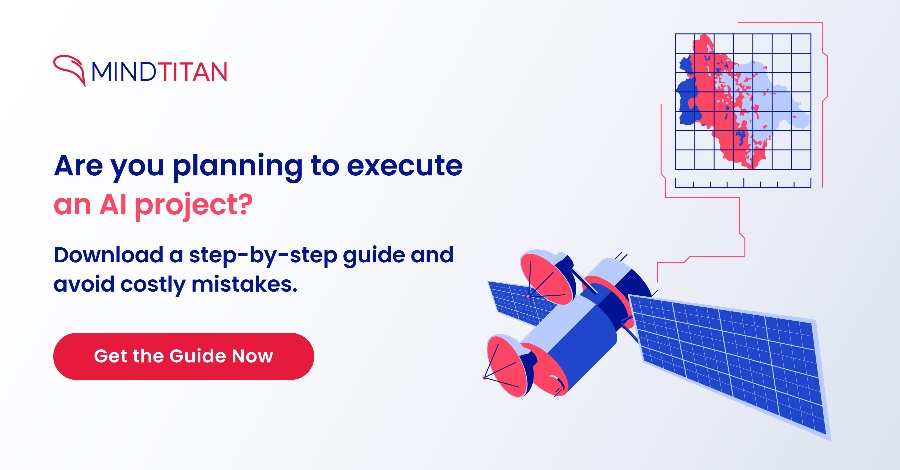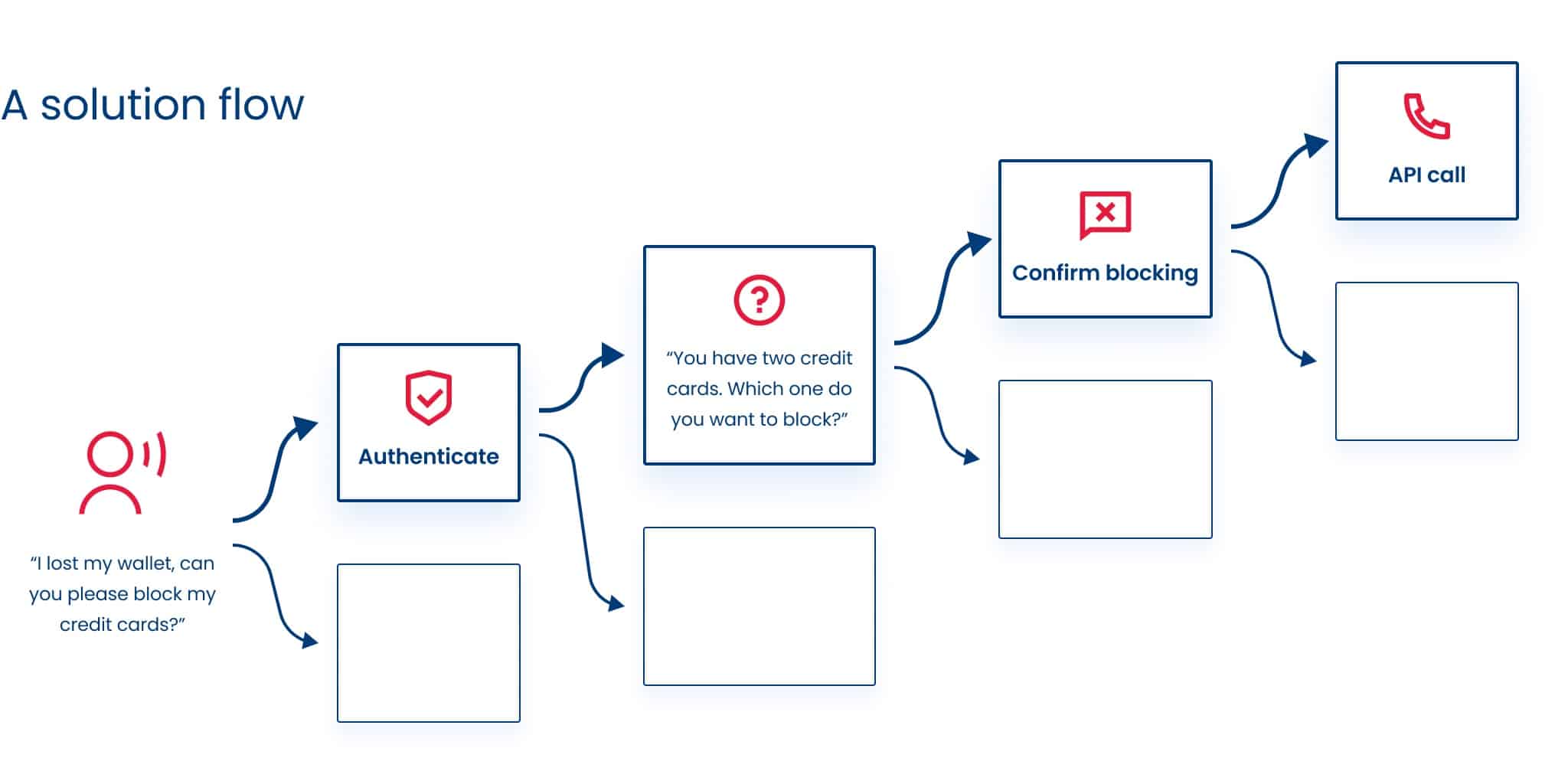Corporate chatbot use cases
The benefits mentioned above enable AI-enhanced chatbots to bring true value to a range of business applications across many different industries. Chatbots are able to not only help customers with queries but also process transactions and address more complex issues.
In the finance sector, chatbots’ ability to understand the intent and draw on customer information in the database makes them a valuable asset. Chatbots can perform operations such as blocking a customer’s card or suggesting relevant financial products based on their current plan and the state of their accounts. When it comes to retail, bots can integrate with recommendation engines to cross-sell and upsell products and provide shoppers with suggestions based on their current cart and personal preferences.
Chatbots can also help streamline day-to-day operations, boost productivity, and help staff work more efficiently. Rather than constantly having to refer to guidelines and manuals, employees can type in a query and receive an answer in a matter of seconds. Pharmacists can verify dosage recommendations, HR managers can check company policies regarding travel expenses and customer support agents can quickly pull up product information in a couple of clicks.
There are various other ways of using Titan chatbot software. In 2019, the Estonian telecom company Elisa implemented the conversational AI solution Annika that shares the same knowledge base with the chatbot. The call automation bot is used in Elisa’s call center which is possible because of an additional speech recognition model that transcribes the call in real-time. Over the following year, Annika answered around 300,000 calls, taking stock of customer issues and directing callers towards the most appropriate human agent. By cutting down calls by 30 seconds, Annika saved the company a total of 5000 working hours. In 2020, Annika took things a step further by flagging network faults and disorders to monitoring teams in real-time. By doing so, she enables support teams to identify the origin of network issues in less time for around 1000 customers. Want to know more about what Annika brings to Elisa?
The most efficient chatbots are integrated with a knowledge database or system that provides it with the answers it needs. In the past, customer support agents would be required to study these knowledge bases and refer back to them when updates were implemented. This is a slow, costly and inefficient process that is gradually being replaced by chatbots that draw on the knowledge base directly, in a process that can be referred to as product management 3.0.







